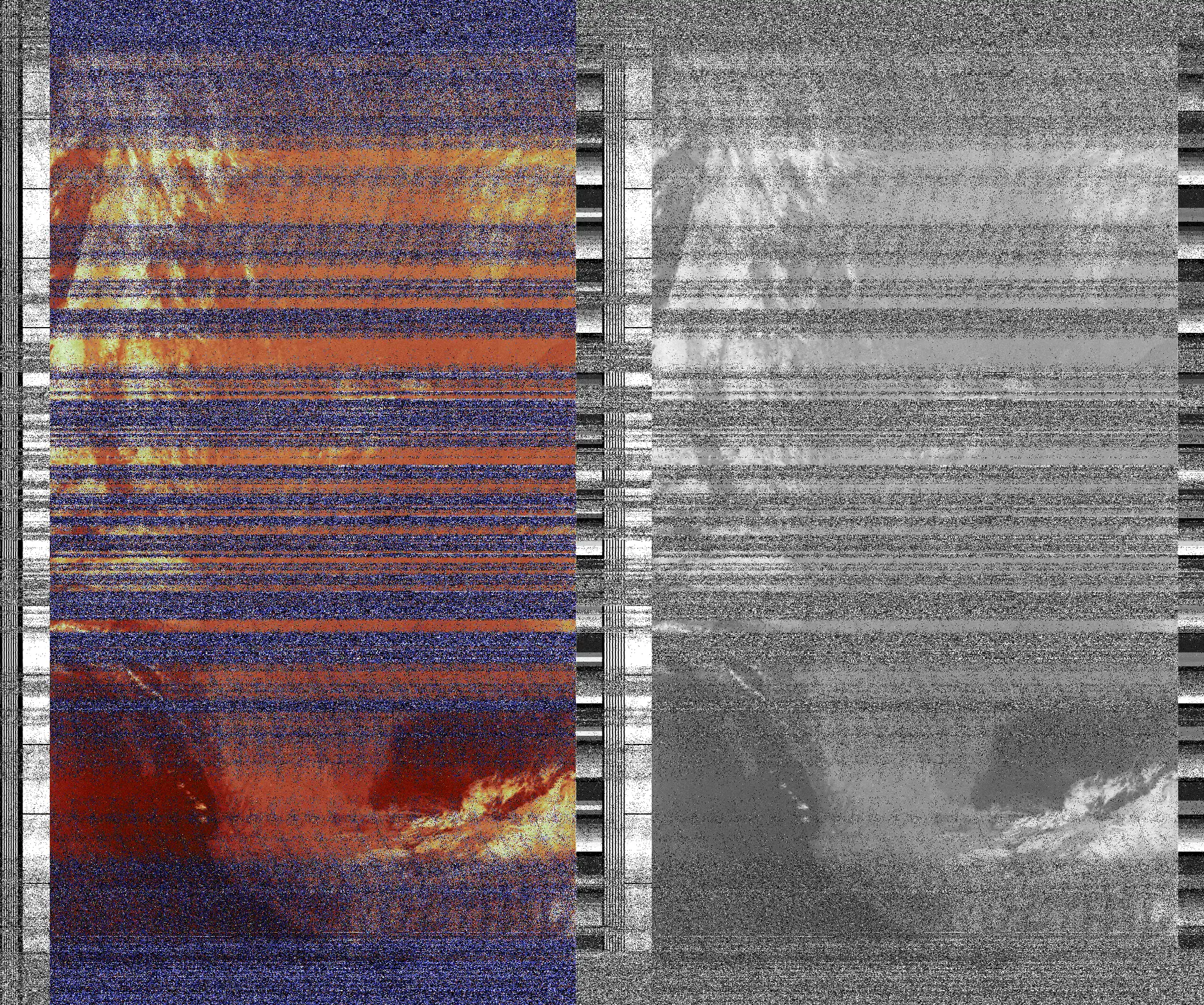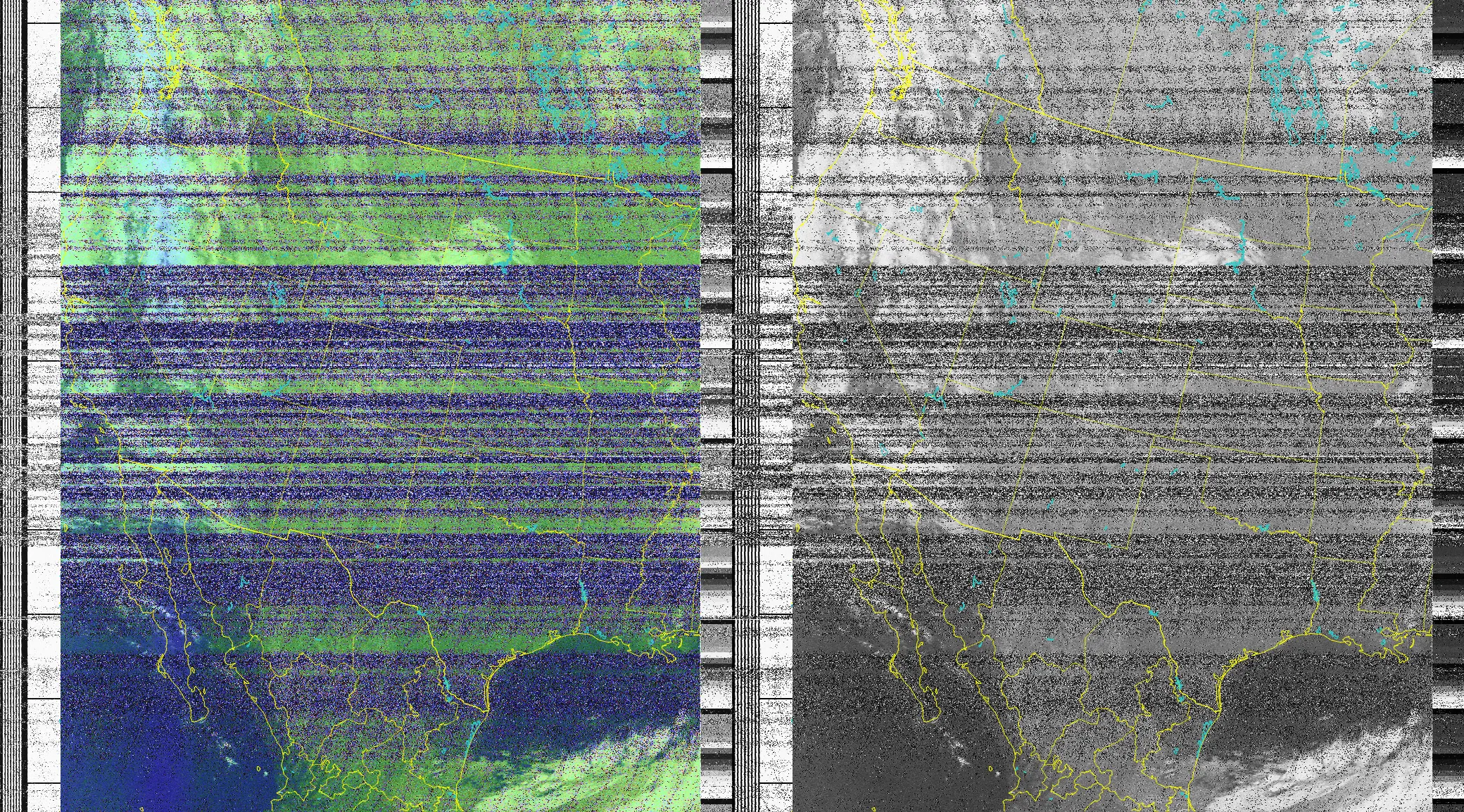Software Defined Fun
December 30, 2023
Over Christmas, I received an RTL-SDR USB dongle which is totally awesome! It's a little USB dongle radio that can receive on a very wide range of frequencies, all the way from down in the lower MF and HF bands (2.5MHz and even lower!) up to around 1.7GHz. Since it's software defined, it's quite easy to take the signal from it and use it in programs, which means there are many projects which utilize it due to low cost and quite large versatility. While the radio can be used for receiving regular broadcast radio stations and the ham radio bands, the interesting part to me is how much you can see on the spectrum and not just hear it. It was a lot of fun playing around with the radio just hunting around for interesting signals, sometimes you find stuff I had never even thought about, such as air traffic control communications, airplane position and information reports utilizing ACARS and ADS-B, POCSAG pager transmissions, and other neat stuff you wouldn't expect.
However, by far the most interesting signals I have experiemented with receiving so far have been automatic picture transmission (APT) signals from the NOAA 15, 18, and 19 satellites. These are black and white, relatively low (but not bad) resolution analog image transmissions continuously broadcast on a set frequency in the 2 meter band, right below the amateur radio 2 meter allocation, and right above the aircraft voice band. The signal is pretty easy to receive and produces a track of the ground directly under the satellite. I plan to get at least one satellite pass during the day, but here are all the night time ones I have collected so far.


